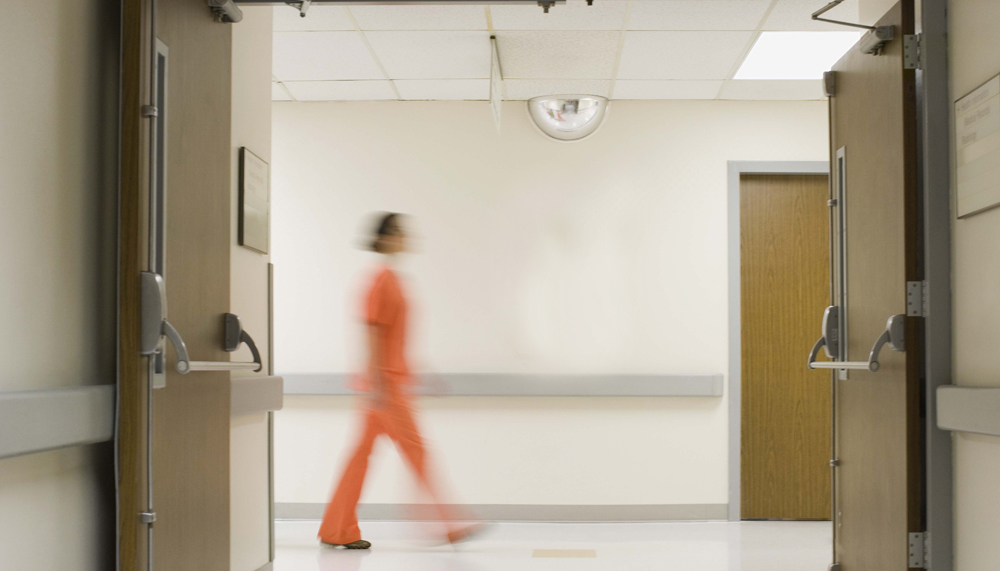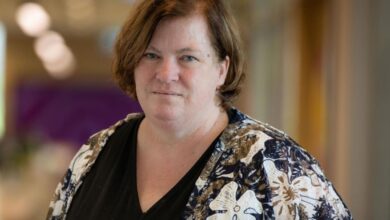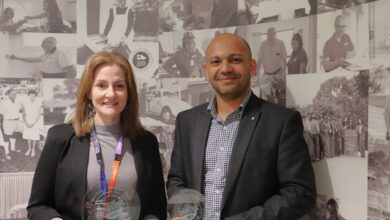Threats to SA nurses

South Australia’s health system is reeling from graduate oversupply, issues of nurse safety and trenchant budget cuts.
The national situation for nurses, midwives and other health professionals is of major concern. Just as in other states, South Australia is experiencing intertwining issues in safe nurse staffing, oversupply of nursing graduates and budget cuts.
Professor Elizabeth Dabars, CEO of Australian Nursing and Midwifery Federation – South Australia branch, began her list of concerns with unemployed nursing graduates. “There is a temporary oversupply of several hundred nurses and midwives who are not gaining a graduate program (internship) or ongoing employment following completion of that program.”
On the other hand, Dabars added that the state and federal governments are fully aware of the looming nurse and midwife shortage of 109,000 across Australia by 2025, with a shortfall of 25,000 in SA alone.
“The shortage is a combination of increased demand for hospital and health services arising from increasing age and complexity, and the maturing of the nursing and midwifery workforce, approximately 45 years, and 55 years in specialty areas,” she explained.
She said the workforce needs to have an adequate number of skilled nurses and midwives given the anticipated retirement of the existing workforce.
Safe staffing methodology in public hospitals is currently under the enterprise bargaining negotiations and the ANMFSA has put forward a proposed model. “Regrettably,” said Dabars, “the negotiators for SA Health do not appear to have a position that is capable of articulation. This is deeply distressing as the agreement expires in the middle of this year.”
Branch agenda
ANMF SA has also proposed creating flexible working models for senior staff to assist the future generation of nurses and midwives. This would be valuable in the skills transfer of knowledge from senior staff, while providing for immediate employment of graduate nurses and midwives.
The branch also called on the state treasurer to improve funding.
“We have received recent assurances from the minister for health Jack Snelling that he will reconsider the solutions we have presented to him regarding the issue of graduate employment,” said Dabars.
“However, there does not appear to be any agreement or alternative being put forward by SA Health representatives,” she said.
But this hurdle does not stop the federation branch in its overall vision of quality health care and workforce.
Part of the ANMF’s agenda is to improve health systems, and this includes the implementation of nurse-led discharge, which the state government has adopted.
“We have also advanced other positive solutions including making adequate provision for nurses and midwives to act as coordinators of care, to recognise and advance their scope of practice by providing for advance practice roles in both acute services, but also primary health care and aged care, in order to prevent cost-shifting between providers and reduce gaps in the current health care system that negatively affect patients and their care,” said Dabars.
Grave issues
Rob Lucas, shadow minister for health, ageing, disabilities and community services, said there are many issues that nurses in SA face and that “the impact of $959 million in budget cuts over the forward estimates will be severe”.
“Currently there is an oversupply of nursing graduates, but with an ageing workforce, there is actually a looming shortage of nurses,” Lucas said.
He also said the increasing number of drunk and drug-affected patients in emergency departments is deeply concerning: “Some of these people become very violent and aggressive, which can be very threatening for nurses and all hospital staff.
“This extra stress in our emergency departments is the last thing they need,” he said, citing the strain of budget cuts and limited health resources.
The shadow minister said the Labor government’s wrong priorities and lack of planning account for the SA nurses’ problems.
“Sadly, a lot of the billions of extra GST and property revenue collected have been essentially wasted. The difficulty of hundreds of nursing graduates in securing hospital jobs is a good illustration of this lack of planning. The Labor government continues to spend heavily on consultants even though it has around 90 health bureaucrats earning between $150,000 and $440,000 per year,” he said.
“Many of these issues will be only be totally addressed once the state’s budgetary problems have been resolved,” he said.
“To improve workforce planning there needs to be improved consultation between the universities and the government and other stakeholders.”
Government says
Minister for health and ageing Jack Snelling said he meets regularly with the ANMF to discuss the concerns and the issues they have. “South Australia has the highest number of nurses per head of population than any other state, more than 20 per cent higher than the national average, but there are still issues that we meet regularly with the Federation about, including the issues surrounding current graduates and any potential skills shortages in the future,” said Snelling.
“South Australia’s health sector spending will comprise more than $5 billion next financial year, just under a third of the state’s entire annual budget, but we need to ensure that future spending in the sector is done in a sustainable way,” he said.
Meanwhile, ANMFSA is working to ensure quality care for the community by ensuring the right staffing levels and skills mix in hospitals and health services.
“Our ultimate vision is to ensure that the community has access to quality health care,” said Dabars. “We believe that this can only be achieved by adequately supporting and resourcing the nursing and midwifery workforce that comprises more than 70 per cent of the health care workforce.”
Email: [email protected]





